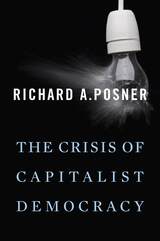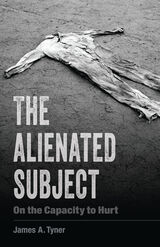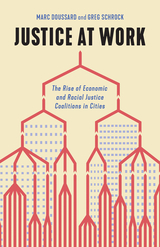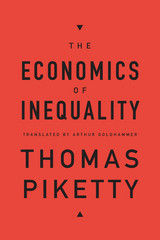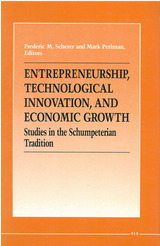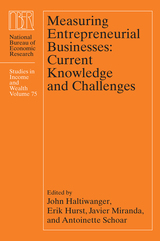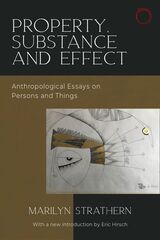Allocation of Income within the Household
University of Chicago Press, 1988
Cloth: 978-0-226-46966-9
Library of Congress Classification HB523.L39 1988
Dewey Decimal Classification 339.22
Cloth: 978-0-226-46966-9
Library of Congress Classification HB523.L39 1988
Dewey Decimal Classification 339.22
ABOUT THIS BOOK | AUTHOR BIOGRAPHY | TOC
ABOUT THIS BOOK
Allocation of Income within the Household develops an important new economic model of income distribution within the family, one that attempts to determine which family characteristics affect spending patterns. Professors Lazear and Michael base their work on an analysis of the 1972-73 Consumer Expenditure Survey and test their conclusions against the 1960-61 survey to verify the persistence of the effects discovered. They find, for example, that the average household spends $38 per child for every $100 spent per adult and that the level of relative and absolute expenditure on the child rises with the level of education of the head of the household.
Lazear and Michael also explore the implications their study may hold for the process of determining child support payments in households that dissolve. They argue that, unless the spending of every dollar can be monitored, alimony cannot be disentangled from child support. They also develop several criteria by which income might be distributed among family members, and, using one of those criteria, they present a series of tables that suggest the appropriate payment from one parent to another given family size, structure, and income level. Their model is particularly useful because it takes account of the ways other family members who were not part of the original household may contribute income to the new household. Other issues considered include the appropriate way to deal with children with special needs and the timing of transfer payments.
Lazear and Michael also explore the implications their study may hold for the process of determining child support payments in households that dissolve. They argue that, unless the spending of every dollar can be monitored, alimony cannot be disentangled from child support. They also develop several criteria by which income might be distributed among family members, and, using one of those criteria, they present a series of tables that suggest the appropriate payment from one parent to another given family size, structure, and income level. Their model is particularly useful because it takes account of the ways other family members who were not part of the original household may contribute income to the new household. Other issues considered include the appropriate way to deal with children with special needs and the timing of transfer payments.
See other books on: Child support | Household | Households | Income distribution | Macroeconomics
See other titles from University of Chicago Press


